Do you know what are the differences between a sanctuary and a temple? Most tourists who travel to Japan, are not able to distinguish them despite being one of the most important tourist attractions in the country.
To begin with, what differentiates a sanctuary from a temple is religion. While the sanctuaries are Shinto, the temples are Buddhist, as both religions were intertwined until the late nineteenth century, sometimes it is not easy to differentiate their constructions at first sight.
The difference that makes the sanctuaries more evident is the tori, since these are the entrance to their sacred precinct, while the temples usually lack them.
But before arriving, we already found differences, the temples use the suffixes "ji", "in", "tera" as we have, Senso-ji, Zojo-ji, Kinkanku-ji, Kiyomizu-dera., To-ji etc.
On the contrary, shrines use "taisha", "jinja", "yashiro", "miya", "myojin" or "gu" so we have Fushimi Inari Taisha, Itsukushima-jinja or Kasuga-taisha.
The temples are also identified in the maps with a symbol called Manji, which should not be confused with a swastika, its ends are in opposite directions, it is the symbol of Buddhist buildings.
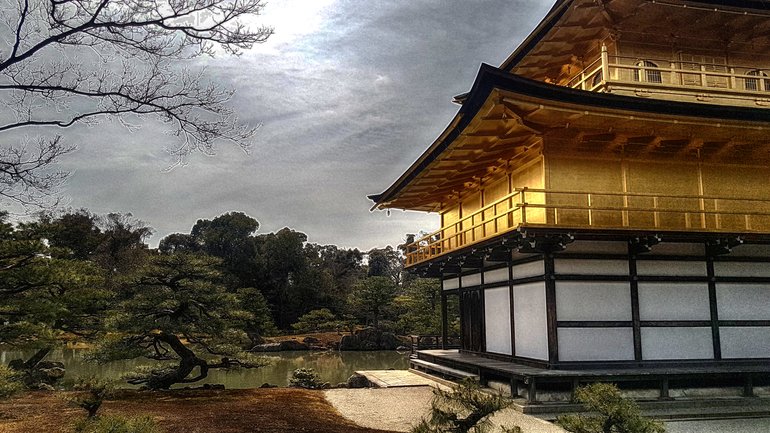
In many cases, we can also differentiate them by observing the surroundings, temples usually have some type of garden, while sanctuaries are usually found in a natural enclave, forest, lake, rock formation, etc.
The temples as we have said do not have toris, but if they have some type of entrance or main door and this is normally protected by two figures "Nio", are two protectors, Agyo and Ungyo that are usually one on each side of the door with a threatening appearance to scare away evil spirits and thieves.
If in the entrance or surroundings we find statues of foxes, then we will be in a Shinto shrine since the foxes are the messengers of the god Inari.
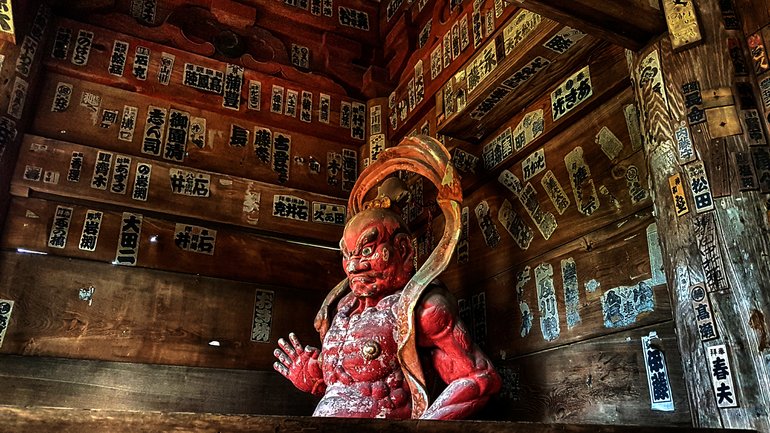
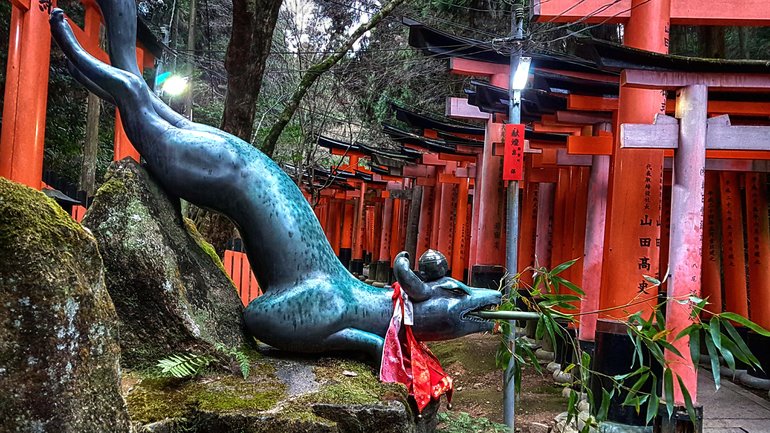
Whenever we find a cemetery, this tells us that we are in a Buddhist temple, since the majority of Japanese, despite being Shinto, funerals and burials are almost always done following the Buddhist tradition.
Another difference is the schedules, while the Buddhist temples open only a few hours a day and usually charge an entrance, the sanctuaries usually open 24 hours and are free.
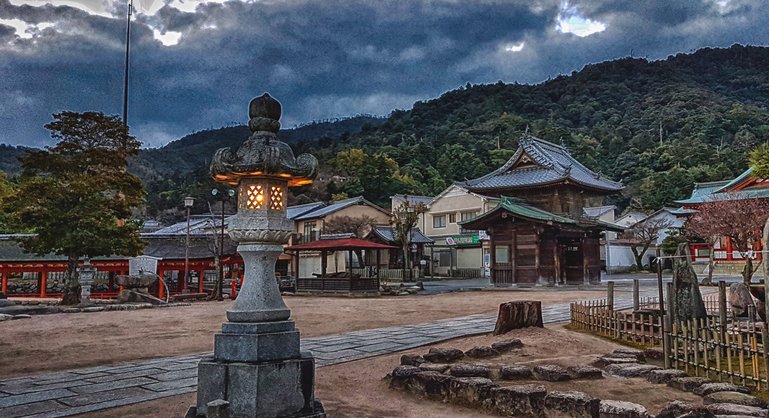
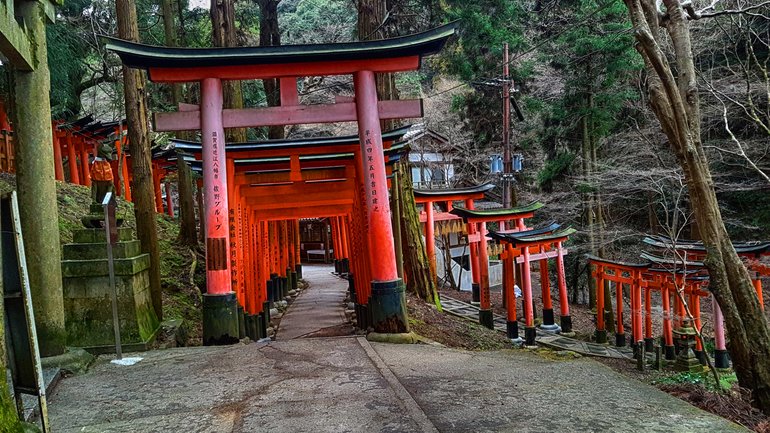



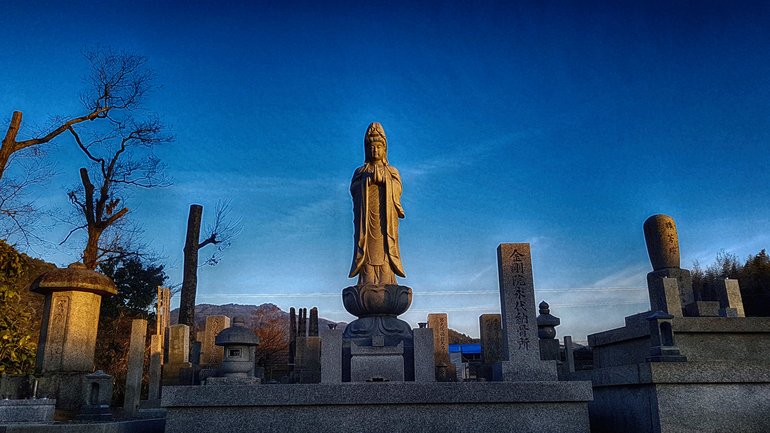
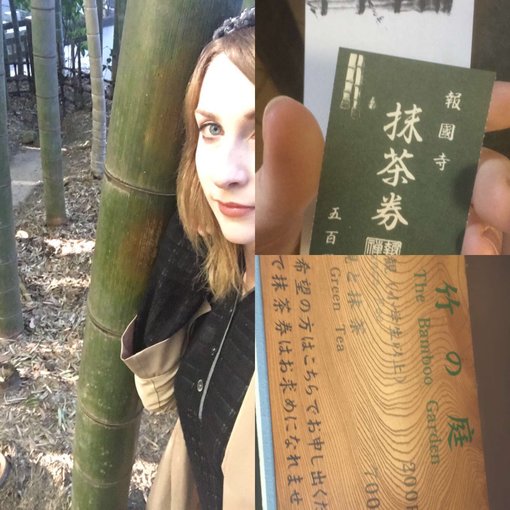
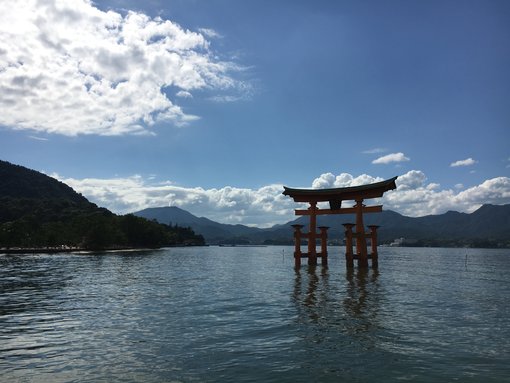
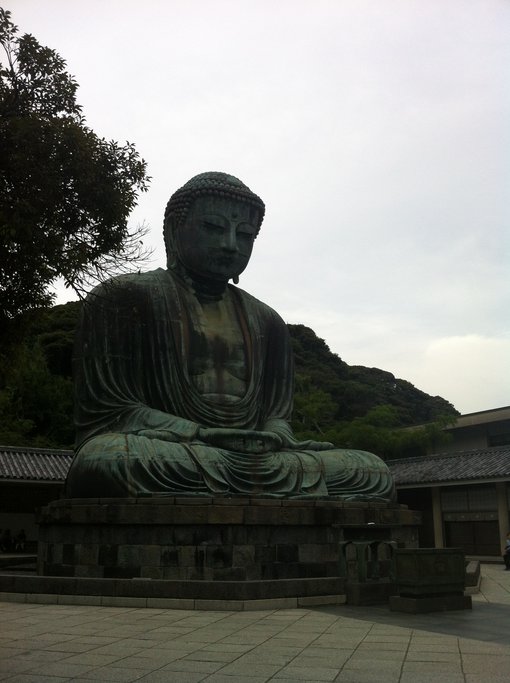
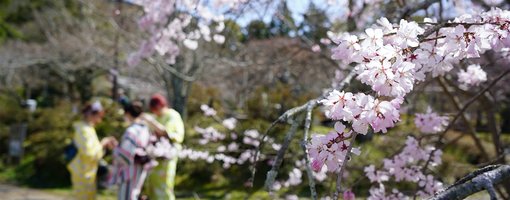
trider201999
Nov 27, 2019 at 23:42
Is Artemis Orthia a (in Sparta) a Temple or Sanctuary?